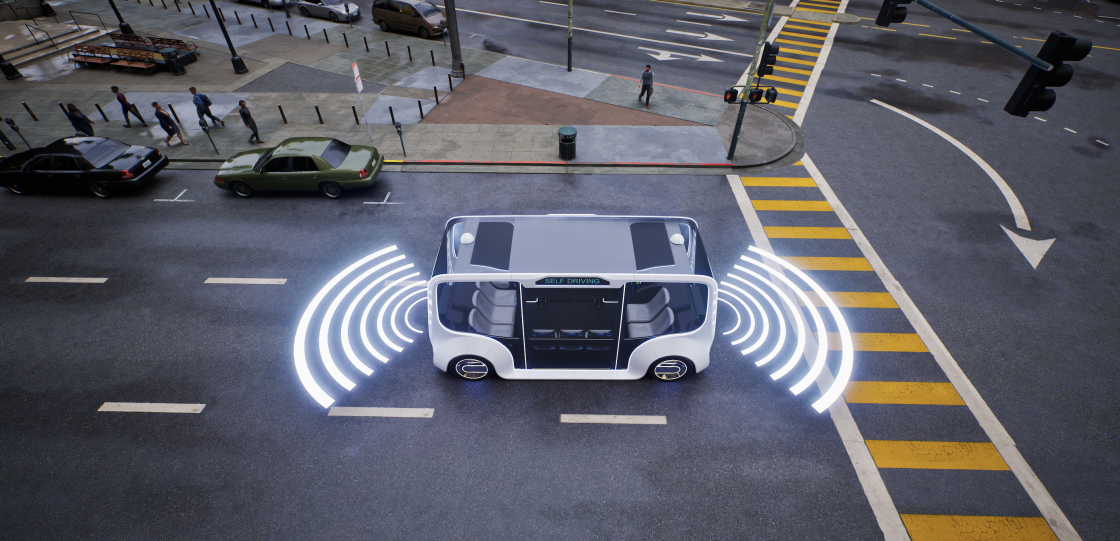In the era of disruption and digitization, everything is shifting from being an asset to a service, and automobiles are no exception. A growing number of analysts and visionaries are making a compelling argument: As our world becomes more interconnected, cars, trucks, vans, and motorcycles should be perceived not as possessions, but as services.
Consider the current scenario: Your brand-new vehicle, the moment it leaves the dealership, starts losing its value. The need for specialized computer systems to maintain and repair modern vehicles presents a prohibitive obstacle for the average consumer, transforming the beloved tradition of driveway tinkering into a thing of the past.
Furthermore, the paradigm shift toward autonomous vehicles is accelerating. These self-driving vehicles, set to revolutionize the automotive industry, are projected to operate in large swarms, scanning their environments for individuals in need of rides, and responding to signals from smartphones.
The traditional concept of car ownership, of having a vehicle that sits idle in your driveway or garage most of the time, is increasingly being viewed as unsustainable. Let’s delve into why the model of automobiles-as-a-service is gaining traction, and why it just might be the future of personal transportation.
Driving into the Age of Autonomy
Advanced AI and machine learning technologies are becoming increasingly integrated into the automotive world, not only enabling autonomous driving but also optimizing the management of vehicle fleets. Owning a car that is rarely used seems more than a bit wasteful in this brave new world of seamless transportation services.
In contrast, the model of viewing vehicles as a service proposes an ecosystem where AI-managed fleets of vehicles are on constant duty, efficiently transporting people to their meetings, appointments, errands, and other destinations. This approach maximizes the utility of each vehicle, reducing waste and capitalizing on the capabilities of modern technology.
The Functional View of Automobiles
Under the emerging paradigm, automobiles can be viewed as akin to a pair of shoes – they serve a specific purpose and nothing more. Why would an average individual need to own a Toyota Corolla or Honda Civic when they could simply rely on a seamless, AI-managed transportation service? By shedding the burdens of ownership, consumers can engage with transportation in a more flexible and sustainable way.
Of course, the appreciation for classic cars and the hobby of collecting rare vehicles are exceptions to this model. However, for the average commuter, viewing automobiles as a service rather than a possession could offer numerous benefits, not least of which is eliminating the need for personal vehicle maintenance.
Seamless Mobility, Streamlined Life
With AI handling the management of vehicles, personal transportation could become as effortless as breathing or drinking water. This new reality could free individuals from the burdens associated with car ownership, such as maintenance, insurance, and parking, allowing them to devote more time and resources to the things that truly matter.
Imagine a world where the need for a ride doesn’t involve searching for parking or worrying about servicing your vehicle, but instead involves a few taps on your smartphone. Such a world isn’t far-fetched; it’s just around the corner.
Ultimately, the transition from viewing cars as assets to services offers a compelling vision of a more efficient, sustainable, and user-friendly future of transportation. With the rapid advancements in autonomous vehicle technology, AI, and machine learning, we’re driving full speed towards a future where the freedom of mobility is as simple as a command on your smartphone. It’s time we all rethink the way we view and use automobiles.






